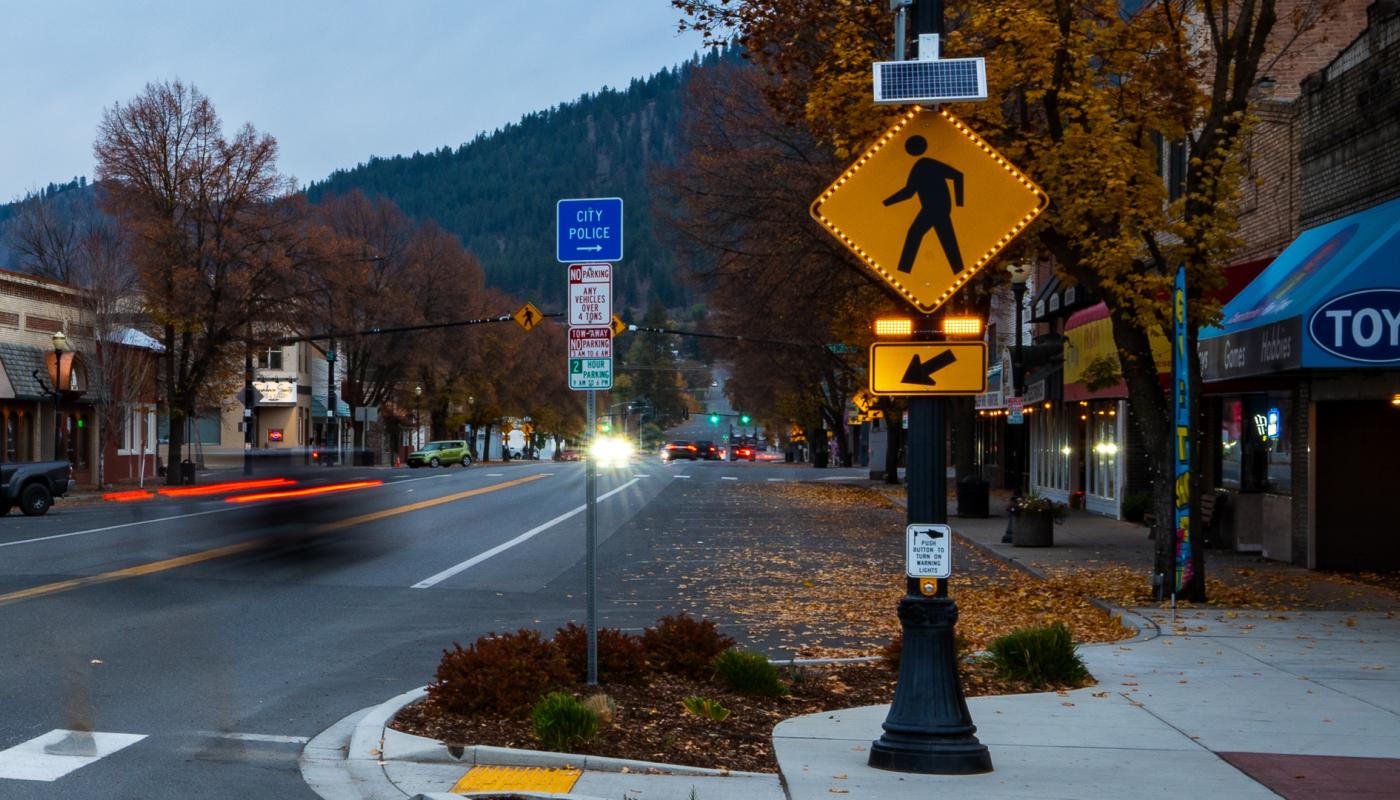Overview
In the pursuit of enhanced pedestrian safety, particularly in areas fraught with the risk of vehicle-pedestrian conflicts, Rectangular Rapid Flashing Beacons (RRFBs) have come to the fore as a significant technological intervention. The essence of RRFB technology lies in its ability to command immediate attention to crosswalks through high-intensity, flashing LED signals, thereby influencing driver behavior to yield to pedestrians. This comprehensive review delves into the efficacy, application, and outcomes of RRFB installations, drawing upon a plethora of studies and empirical evidence to underscore their value in traffic safety engineering.
Introduction to RRFB Technology
RRFBs serve as a critical safety measure at uncontrolled intersections and mid-block crosswalks, where pedestrian vulnerability is heightened. Not initially included in the Manual on Uniform Traffic Control Devices (MUTCD), RRFBs gained interim approval from the Federal Highway Administration (FHWA) in 2008, a testament to their emerging importance in traffic safety measures. These systems, which can be activated by pedestrians through a push button or automatically via detection systems, are designed to minimize delay, immediately alerting motorists to the presence of pedestrians intending to cross.
Efficacy of RRFBs in Enhancing Yielding Behavior
Studies conducted across diverse urban and suburban contexts provide compelling evidence of the RRFB's impact on driver yielding behavior. For instance, research conducted by Van Houten et al. (2008) in Miami-Dade County, Florida, revealed a significant increase in motorist yielding rates—from virtually nonexistent to over 90%—following the installation of RRFB systems. Similar enhancements in yielding behavior, alongside reductions in vehicle-pedestrian conflicts and pedestrian delays, have been consistently documented, affirming the effectiveness of RRFBs in improving pedestrian safety.
Long-term Impact and Operational Efficiency
Further research, including longitudinal studies, has validated the sustained impact of RRFBs on safety outcomes. Investigations into the long-term effectiveness of RRFB installations indicate not only a persistently high compliance rate among motorists but also a durable reduction in pedestrian risk and conflicts. These findings underscore the RRFB's role as a cost-effective solution to enhancing pedestrian visibility and safety.
TraffiCalm’s Contribution to RRFB Technology
In response to the growing demand for reliable pedestrian safety solutions, TraffiCalm has emerged as a leader in the development and deployment of advanced RRFB systems. TraffiCalm’s offerings, notable for their high-intensity LED illumination and robust design, are engineered to meet the rigorous demands of both urban and rural traffic environments. With a focus on maximizing visibility and durability, TraffiCalm's RRFBs represent the pinnacle of pedestrian-activated crossing technology, catering to a wide range of traffic safety applications, including school zones and high-risk intersections.
Conclusion
The body of research assessing the impact of Rectangular Rapid Flashing Beacons (RRFBs) on pedestrian safety presents a compelling case for their widespread adoption. As a critical component of pedestrian-activated crossing systems, RRFBs have demonstrably improved yielding behavior, reduced pedestrian risk, and enhanced overall crosswalk safety. The integration of RRFB technology, exemplified by TraffiCalm's innovative solutions, marks a significant advancement in our collective efforts to protect pedestrians and create safer, more navigable urban landscapes. In light of the evidence, it is clear that RRFBs stand as an indispensable tool in the traffic safety engineering arsenal, meriting continued support and implementation across the globe.
Whitepaper
In conclusion, the transformative impact of Rectangular Rapid Flashing Beacons (RRFBs) on pedestrian safety is undeniable, offering a beacon of hope in the quest for safer crossings. This article has merely scratched the surface of the comprehensive insights and analyses available on the subject. For those seeking a deeper understanding of the nuanced benefits, operational efficiencies, and the future trajectory of pedestrian-activated crossing systems, we invite you to download the full whitepaper. This detailed document provides an expansive overview, further solidifying the case for RRFBs as an indispensable tool in our traffic safety arsenal.
